Recently, A Ford F-150 Lightning owner made a video which explained why they sold their electric truck after only six months. The owner talked about the four big reasons for his tough decision of selling the Ford F-150 Lightning. The owner tells us about his experiences owning an electric car. He also explains the high price and uncertain resale value, as well as the challenges with charging and using the car.
Let’s explore why the owner said goodbye to his Ford F-150 Lightning.
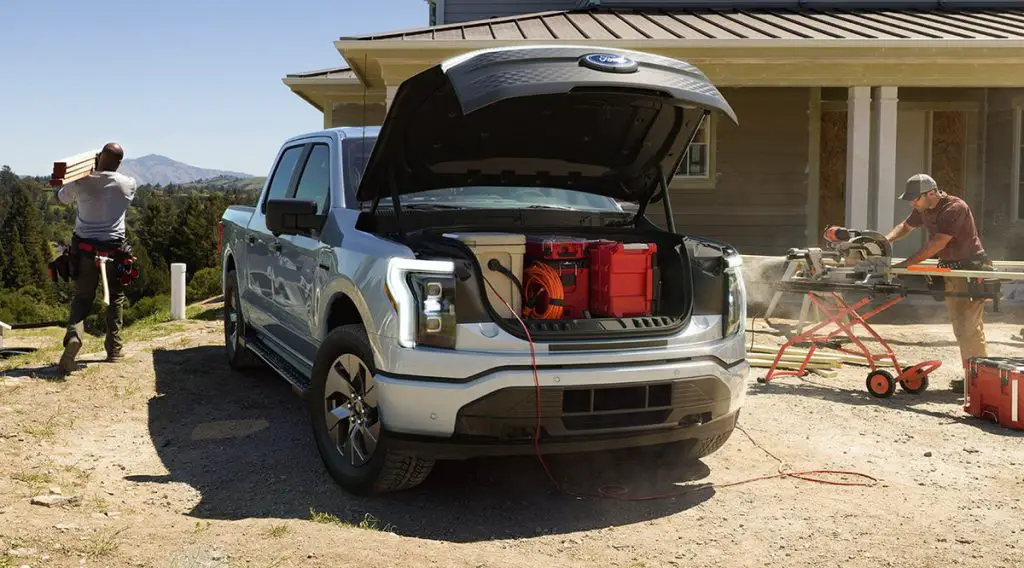
Table of Contents
The Owner’s Perspective on Ford F-150 Lightning Issues
Cost and Resale Value
The Ford F-150 Lightning, a 2023 model, was purchased for approximately $88,000, excluding taxes, which could push the total cost beyond $90,000. Spending such a substantial amount necessitated ensuring satisfaction and long-term value.
Concerns arose regarding the car’s future worth, leading the owner to seek advice from a Ford dealer. He learned that sales of Ford Lightnings were struggling, causing doubts about resale market prices. To explore options, the owner visited CarMax, but his Ford Lightning received a disappointing offer of $68,000, indicating a rapid price decrease and lower demand than anticipated.
Seeking a better deal, the owner revisited the Ford dealership and secured a top offer of $74,000. Listing the vehicle online for $80,000, he sold it at the asking price within two weeks, providing relief and halting further depreciation.
This wise decision helped with monthly payments and eliminated concerns about losing value.
Ease of Travel and Charging Infrastructure
Ease of travel and the availability of a reliable charging infrastructure were additional factors that led to the decision to sell the Ford Lightning. The owner encountered challenges when attempting to travel to a ski mountain and struggled to find fast and accessible chargers.
In his videos, the owner described the difficulties they faced in locating operational fast chargers that were not congested with other users. Non-Tesla electric vehicles, including the Ford Lightning, often had limited options compared to Tesla’s dominant Supercharger network. This situation was aggravated by the high demand from various electric vehicle brands competing for charging resources.
To address this issue, Ford recently partnered with Tesla to tap into the government’s financial support for developing a nationwide charging infrastructure. However, concerns remained about the practicality of using Tesla Superchargers for non-Tesla vehicles. While Ford planned to introduce longer charging cables called “magic docks,” the inadequate size of charging spaces for larger trucks like the Ford Lightning persisted.
These small spaces often led to unintentional occupancy of multiple spots and prompted complaints from others. Consequently, the owner found the overall charging experience inconvenient and unsuitable for his truck’s size.
Taking into account the challenges of ease of travel and the limitations of the charging infrastructure, the owner made the decision to sell the Ford Lightning, seeking a more convenient and accessible electric vehicle ownership experience.
App and Interface Issues
The app, intended for regular use on a smartphone, was outdated and did not align well with the all-electric nature of the vehicle. Trying to blend modern technology with an outdated system proved to be quite challenging.
It is hoped that these issues will be resolved in the near future, but as of now, the reliance on unreliable third-party developers for building the technology has resulted in a clunky and unsatisfactory user experience.
Additionally, an irritating aspect was the interface not defaulting back to the map display while driving. Instead, users had to navigate through their profiles and create a map experience, leading to a convoluted and unfriendly user interface.
Considering the significant investment made in purchasing the Ford Lightning, dealing with these app and interface issues while driving became a headache that the owner wished to avoid.
Lack of Manufacturer Response
Despite investing a considerable amount of money in the vehicle, the owner found the support from Ford to be inadequate.
Numerous attempts were made to address concerns and provide suggestions, but the manufacturer’s response was disappointing. Initially, there were promising interactions with a company executive, involving email exchanges and phone calls. However, after sharing a video and expecting further action, there was no follow-up or progress.
This lack of engagement left the owner feeling let down and discouraged. It became apparent that Ford was not willing to listen to customer feedback or step out of their comfort zone. As a result, the decision to part ways with the Ford Lightning was made.
The owner remains hopeful that Ford will address these issues in the future and continue improving the truck. While the Ford Lightning itself had positive attributes, the lack of manufacturer response made it difficult to justify ownership.
Exploring alternative options like the upcoming Chevy Silverado or the Cybertruck is now the plan. The owner expresses gratitude for those who joined them on this journey and hopes that both Ford and themselves can learn from this experience.
Although the Ford Lightning provided a comfortable and luxurious cabin, it was time to bid farewell to the truck and look forward to new possibilities.
Areas of Improvement for the Ford F-150 Lightning
The owner’s journey with the Ford F-150 Lightning provided valuable insights into the electric truck’s strengths and weaknesses. Despite its impressive driving experience and luxurious cabin, several factors led the owner to sell the vehicle after just six months.
Concerns about future resale value, as evidenced by lower-than-expected offers from CarMax, raised questions about the long-term market demand for Ford Lightnings. The owner’s visit to the Ford dealership resulted in a better offer, but it highlighted the need for consistent and competitive pricing strategies to maintain customer confidence.
Conclusion
Ultimately, the decision to part ways with the Ford Lightning was not taken lightly. The owner believed that, as a consumer, it was essential to feel a deep sense of satisfaction and confidence in the vehicle they invested their hard-earned money in. With room for improvement in range, charging infrastructure, app functionality, and manufacturer responsiveness, the decision was made to explore alternative options.
While bidding farewell to the Ford Lightning, the owner expressed hope that Ford would address these concerns and continue to enhance their electric truck offerings. The journey with the Lightning served as a learning experience for both the owner and the manufacturer. It highlighted the importance of attentive customer feedback and the need to adapt to evolving market expectations.
As the owner embarks on the search for a new electric vehicle, they remain optimistic about the future of electric trucks and the advancements in the industry. With upcoming releases like the Chevy Silverado and the highly anticipated Cybertruck, the owner eagerly awaits new possibilities and looks forward to a vehicle that truly meets their needs and exceeds expectations.

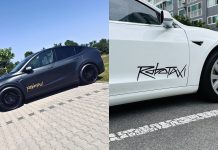
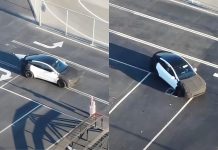
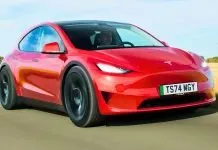
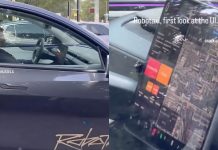
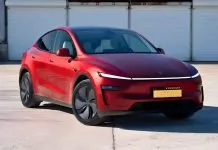








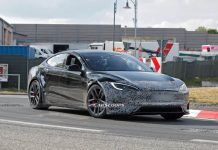
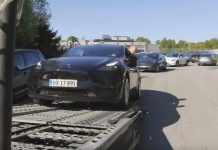
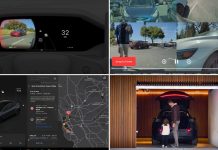
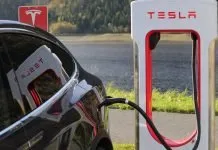

So basically he sold the truck because he wasn’t sure how much he would be able to sell it for? Why wouldn’t he look into resale values before purchasing? Plus, it not only being a new model but basically one of the first models of an entirely new vehicle class should ensure some uncertainty of resale. That’s a risk an early adopter takes. Plus getting 80 some percent of new price after only 2 weeks is actually pretty solid resale.
Power station concerns, clunky app, weak customer service? None of this is really about the truck itself.
Looks like your an idiot too! No justification of battery powered junk gimmicks!
Huh?
Hi there was a slight mistake on the charging part. The magic dock is made by Tesla and not Ford. Tesla is working to add longer cables on it’s v4 chargers which have had limited roll out. The Ford and Tesla partnership doesn’t work unless Tesla rolls out more major docks and longer cables. Also the longer cables will solve the problem of one car taking up multiple spots.
It’s interesting to note that the first crack noted in this customer’s satisfaction was caused by a FORD dealer telling their customer that their EV trucks weren’t selling well and would have poor resale value.
This was NOT true – he eventually sold the $88,000 truck for $80,000, less than 10% depreciation in the first year which is well ABOVE the typical 20% first year depreciation!
Yet the dealer’s trashing of their own Lightning product initiated not only the loss of a Ford customer but much negative publicity. Thanks, “value-added” Ford dealer!
Ford and other legacy automakers wear their dealer network like a millstone around their necks.
This guy is a complete n total idiot! To think that this guy actually spent this much money without already knowing about or doing the research of all the failed issues with battery powered gimmicks is beyond the measure of stupidity! Now all you climate clowns remember this article!
*old man yells at clouds*
I would have loved to own a lightning, but not for 90k that’s nuts
A fool and their money are soon parted. 6 months of use for $8-$10K?? You don’t buy vehicles as a investment unless you have 25-50 years and have a good crystal ball!🤣🤣🤣
I aree totally with Mugen ( June 12, 2023 at 7:36pm) Gary
Because I don’t believe in knocking something til you try it. This guy sold his lightning at a loss but not much of at all if he got the tax credit on it and 6 months of fuel savings as well. Trying one out now as an early adopter has it’s perks and I’m sure once advancements are made he’ll be right back to getting another one. (the article even mentions he doesn’t plan to go back to gas, he is going to look at getting the electric Silverado or a cyber truck). I have no issues with my lightning. Taken multiple 1000 mile+ trips and the issues with charging network are there but overstated and the Tesla adapter next year will make the charging network concerns a non-issue. As someone who does about 30k miles a year with my primary use of the lightning being a daily driver I save $3,000 a year in fuel compared to an Ecoboost F-150. I have no issues with gas and it still has it’s uses, but electric has been a far better experience for me. I switched all my cars over from gas as a result of my experience with the lightning. And I got $7500 each vehicle from the government for being the guinea pig. When you naysayers come around you’ll be out 7.5k out the gate for waiting. There, now you have two sides to this “story”. Plenty of people love them, some people aren’t fully satisfied. Just about like any other purchase you could make.
How much more did the Lighting cost vs the F150 with the eco boost? Assuming it is 50k vs 80k then that $3000 year savings will take you 10 years to break even.
This guy should have done more research.
Hmmm. Roughly 279 million vehicles in the U.S. and roughly 150 000 charging stations currently for everyone. Issues exist with regard to recycling batteries, the longevity and capabilities under a full load . I think having other alternatives including use of synthetic fuels are in order. How do EV,s make sense when our environment is negatively impacted at a higher level to support and make them? Maybe those with green energy investments might be the only real reason for a conversion in this direction.
All of them should have been a hybrid version to start with. New longer lasting batteries plus charging universal network would be a better solution.
EV’s are simply a fad. A single EV battery contain 200lbs. of copper, 400 lbs. of nickel, aluminum and steel. And of course several hundred pounds of dangerously mined lithium and other junk. You have to excavate and process 500,000 lbs. of the Earth’s crust to build just ONE battery. Tell me a again these are a GREEN answer.
When it’s snowing and your battery is dead from running the heat and wipers I will honk as I drive past in my 1989 f150 gas burner
You can drive by, but with a1989 truck with outdated technology under the hood,how much $$ are you dumping into the gas tank on a monthly basis? Unless you’re a mechanic or you had the engine rebuilt at least once and replaced most of the vital emission part, i.e. muffler, fuel injectors, charcoal canister, etc. Then the truck is definitely a gas jogger for sure. Hey live by the sword, blah blah blah and all that.